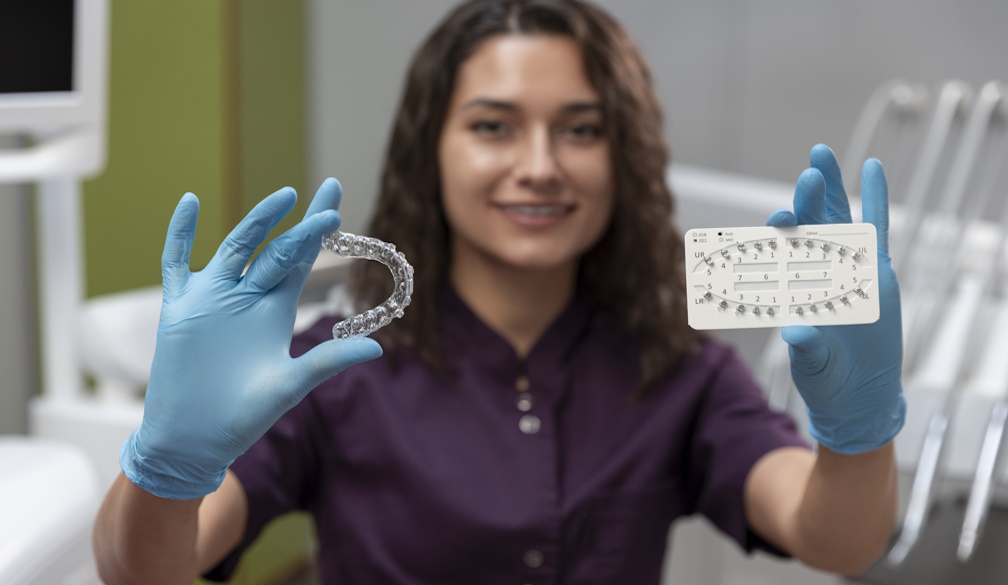AI systems are great at tests. But how do they perform in real life?
- Written by Peter Douglas, Lecturer, Monash Bioethics Centre, Monash University

Earlier this month, when OpenAI released its latest flagship artificial intelligence (AI) system, GPT-5, the company said it was “much smarter across the board” than earlier models. Backing up the claim were high scores on a range of benchmark tests assessing domains such as software coding, mathematics and healthcare.
Benchmark tests like these have become the standard way we assess AI systems – but they don’t tell us much about the actual performance and effects of these systems in the real world.
What would be a better way to measure AI models? A group of AI researchers and metrologists – experts in the science of measurement – recently outlined a way forward.
Metrology is important here because we need ways of not only ensuring the reliability of the AI systems we may increasingly depend upon, but also some measure of their broader economic, cultural, and societal impact.
Measuring safety
We count on metrology to ensure the tools, products, services, and processes we use are reliable.
Take something close to my heart as a biomedical ethicist – health AI. In healthcare, AI promises to improve diagnoses and patient monitoring, make medicine more personalised and help prevent diseases, as well as handle some administrative tasks.
These promises will only be realised if we can be sure health AI is safe and effective, and that means finding reliable ways to measure it.
We already have well-established systems for measuring the safety and effectiveness of drugs and medical devices, for example. But this is not yet the case for AI – not in healthcare, or in other domains such as education, employment, law enforcement, insurance, and biometrics.
Test results and real effects
At present, most evaluation of state-of-the-art AI systems relies on benchmarks. These are tests that aim to assess AI systems based on their outputs.
They might answer questions about how often a system’s responses are accurate or relevant, or how they compare to responses from a human expert.
There are literally hundreds of AI benchmarks, covering a wide range of knowledge domains.
However, benchmark performance tells us little about the effect these models will have in real-world settings. For this, we need to consider the context in which a system is deployed.
The problem with benchmarks
Benchmarks have become very important to commercial AI developers to show off product performance and attract funding.
For example, in April this year a young startup called Cognition AI posted impressive results on a software engineering benchmark. Soon after, the company raised US$175 million (A$270 million) in funding in a deal that valued it at US$2 billion (A$3.1 billion).
Benchmarks have also been gamed. Meta seems to have adjusted some versions of its Llama-4 model to optimise its score on a prominent chatbot-ranking site. After OpenAI’s o3 model scored highly on the FrontierMath benchmark, it came out that the company had had access to the dataset behind the benchmark, raising questions about the result.
The overall risk here is known as Goodhart’s law, after British economist Charles Goodhart: “When a measure becomes a target, it ceases to be a good measure.”
In the words of Rumman Chowdhury, who has helped shape the development of the field of algorithmic ethics, placing too much importance on metrics can lead to “manipulation, gaming, and a myopic focus on short-term qualities and inadequate consideration of long-term consequences”.
Beyond benchmarks
So if not benchmarks, then what? Let’s return to the example of health AI. The first benchmarks for evaluating the usefulness of large language models (LLMs) in healthcare made use of medical licensing exams. These are used to assess the competence and safety of doctors before they’re allowed to practice in particular jurisdictions.
State-of-the-art models now achieve near-perfect scores on such benchmarks. However, these have been widely criticised for not adequately reflecting the complexity and diversity of real-world clinical practice.
In response, a new generation of “holistic” frameworks have been developed to evaluate these models across more diverse and realistic tasks. For health applications, the most sophisticated is the MedHELM evaluation framework, which includes 35 benchmarks across five categories of clinical tasks, from decision-making and note-taking to communication and research.
What better testing would look like
More holistic evaluation frameworks such as MedHELM aim to avoid these pitfalls. They have been designed to reflect the actual demands of a particular field of practice.
However, these frameworks still fall short of accounting for the ways humans interact with AI system in the real world. And they don’t even begin to come to terms with their impacts on the broader economic, cultural, and societal contexts in which they operate.
For this we will need a whole new evaluation ecosystem. It will need to draw on expertise from academia, industry, and civil society with the aim of developing rigorous and reproducible ways to evaluate AI systems.
Work on this has already begun. There are methods for evaluating the real-world impact of AI systems in the contexts in which they’re deployed – things like red-teaming (where testers deliberately try to produce unwanted outputs from the system) and field testing (where a system is tested in real-world environments). The next step is to refine and systematise these methods, so that what actually counts can be reliably measured.
If AI delivers even a fraction of the transformation it’s hyped to bring, we need a measurement science that safeguards the interests of all of us, not just the tech elite.
Authors: Peter Douglas, Lecturer, Monash Bioethics Centre, Monash University



















